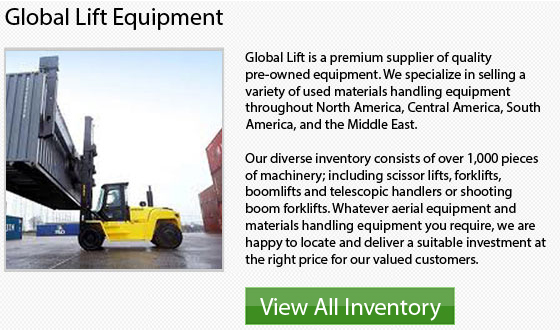
IC Lift Trucks
The Internal Combustion forklift belongs within the class V and IV forklift classification. They could be diesel, liquid propane or gas models. Mostly, the ICE or also known as internal combustion engine units are utilized outside, since they can operate in inclement weather conditions and emit some emissions. Propane-powered units, however, can be used indoors provided that proper ventilation is utilized. It is best to determine what specific requirements you have to use the forklift for and what kinds of settings you will be operating in, to be able to ensure you pick the right model that will suit all your requirements.
ICE Benefits
Compared to a similar capacity electric truck, the Internal Combustion engine is offered in a lower initial purchase price varying anywhere from 20% to 40% lower. The ICE units are fast and simple to refuel. This feature greatly reduces downtime as there is no requirement to recharge any batteries, like there is with electric models.
To the similarly equipped electric truck, internal combustion models do provide a higher performance capabilities with far heavier lift capacities than electric lift truck units. Over recent years, there have been numerous changes regarding emissions technology and this has resulted in lesser total emission levels. Internal combustion engine trucks remain popular with load sizes roughly 8,000 pounds and even much higher in particular operations such as steel manufacturing facilities, ports and lumberyard settings.
Internal Combustion Engine Drawbacks
There are several drawbacks to the ICE units. Like for example, they utilize a higher cost-per-hour to operate as compared to electric trucks. This is mainly because of fuel and maintenance costs. What's more, these units normally create more noise compared to the electric units as they run louder. Internal Combustion Engine trucks also have fuel-storage requirements to take into consideration too.